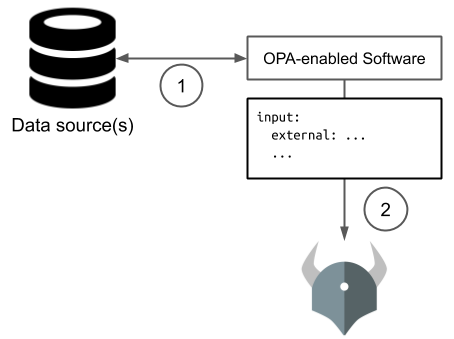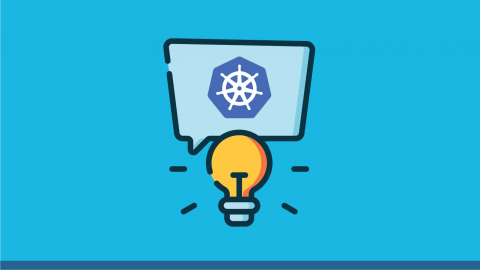OPA in Production - How Reddit and Miro Built Enterprise Authorization with OPA
Two web-scale companies have recently shared how they solved mission-critical authorization challenges using Open Policy Agent (OPA). These accounts validate the value of what we’ve built with OPA and give important blueprints for engineers looking to address similar challenges. We consider these required reading for anyone considering or using OPA at scale. In this post we review these two case studies to highlight common patterns and important differences.











